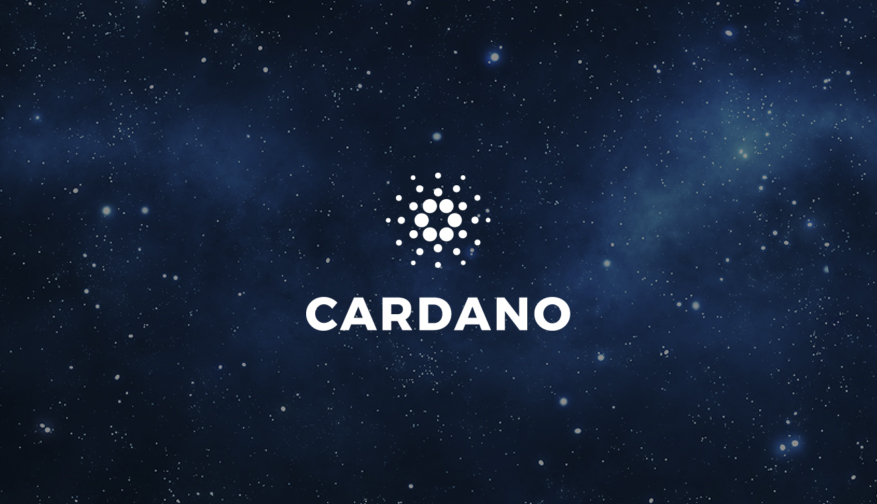
crypto blockchain
Written by Chris MacDonald at The Motley Fool Canada
Ethereum (CRYPTO:ETH) competitors, or “Ethereum Killers,” Solana (CRYPTO:SOL), Avalanche (CRYPTO:AVAX), and Cardano (CRYPTO:ADA) are certainly making waves in the crypto market. Each of these tokens has seen incredible surges in recent years, as investors look for the “next big thing.”
Each of these layer-1 networks provide a base blockchain network upon which vast ecosystems can be built. For crypto investors looking for the next Ethereum, these three cryptocurrencies are among the most-discussed options.
Let’s dive into what makes these Ethereum alternatives attractive right now.
Why do investors need an alternative to Ethereum?
Let’s start by discussing Ethereum.
Ethereum is the second-largest cryptocurrency, sporting a whopping $365 billion market capitalization. This token represents the largest ecosystem of decentralized finance (DeFi) projects in the world.
This size has led to network slowdowns and very high fees relative to other crypto networks.
Accordingly, there are currently two schools of thought around Ethereum. On the one hand, given how entrenched Ethereum is in the DeFi space, some argue that Ethereum is simply too large to go away. Plus, this network’s update to Ethereum 2.0 should lower fees over time and pick up speeds dramatically. I tend to agree with this view.
On the other hand, other networks are gaining market share rapidly due to their fee and cost structure. Solana, Avalanche, and Cardano are three great examples. These networks are all proof-of-stake options already and are growing their own ecosystems accordingly. I can also understand this argument as well.
Meet Ethereum’s strongest challengers
So, what makes each of these networks unique?
Well, Cardano is unique in that this network separates its computational layer from its transaction settlement function. In plain speak, by separating transactions and the computations that go into validating these and putting them on the blockchain, Cardano is able to do multiples of Ethereum’s existing volume.
Avalanche is an optimized network, working on building out its dApp ecosystem, luring developers in with transaction speeds up to 6,500 per second, and transaction fees around one-tenth of Ethereum.
Solana is perhaps the cheapest and fastest of the group. Utilizing a unique proof-of-history variation of proof-of-stake validation, Solana has the ability to do a breathtaking 50,000 transactions per second. Most transactions can be done at a fraction of a penny. Accordingly, Solana’s meteoric rise last year was primarily a result of these two factors.
Bottom line
These smart contract platforms are all unique. Indeed, each provide their own investment thesis, and I can understand the bull case behind all three.
Personally, I’m invested in Ethereum and Solana, as I think these are the two networks that could be long-term winners in the smart contract proof-of-stake driven future. That said, Avalanche and Cardano do provide an attractive option for investors interested in DeFi right now.
The post Solana, Avalanche, Cardano: Which Is the Best Ethereum Competitor? appeared first on The Motley Fool Canada.
Should You Invest $1,000 In Cardano?
Before you consider Cardano, we think you’ll want to hear this.
Our S&P/TSX market doubling Stock Advisor Canada team just released their top 10 starter stocks for 2022 that we believe could be a springboard for any portfolio.
Want to see if Cardano made our list? Get started with Stock Advisor Canada today to receive all 10 of our starter stocks, a fully stocked treasure trove of industry reports, two brand-new stock recommendations every month, and much more.
Click Here to Learn More About Stock Advisor Canada Today * Returns as of 1/18/22
Fool contributor Chris MacDonald owns Ethereum and Solana. The Motley Fool owns and recommends Ethereum.
2022






